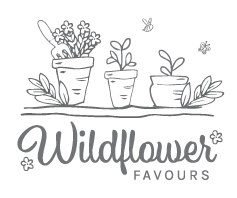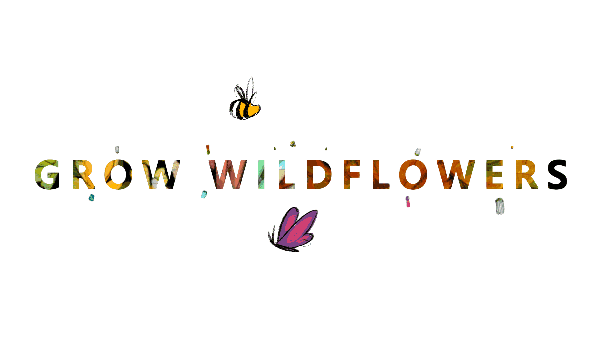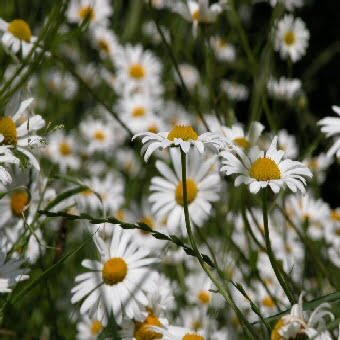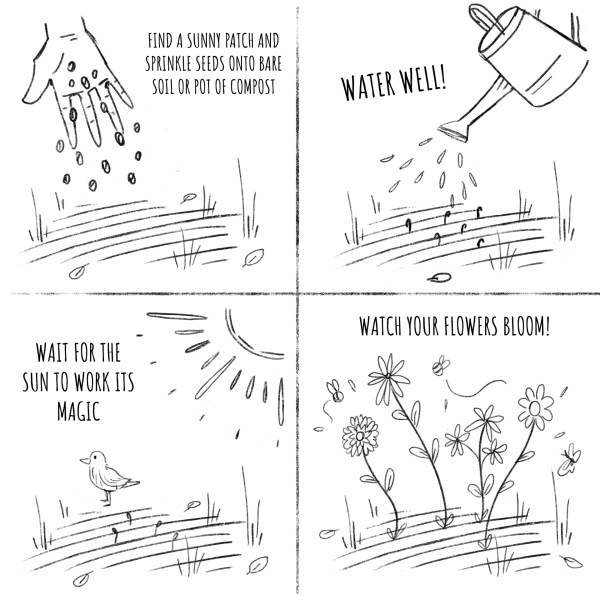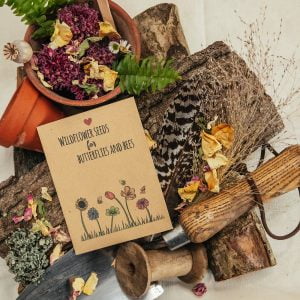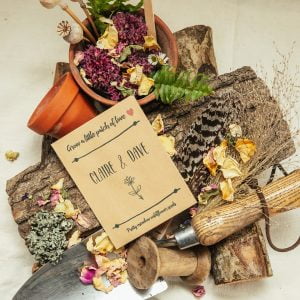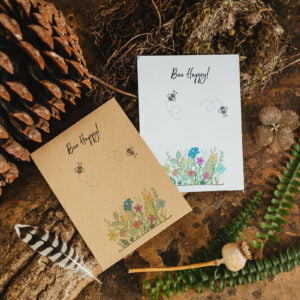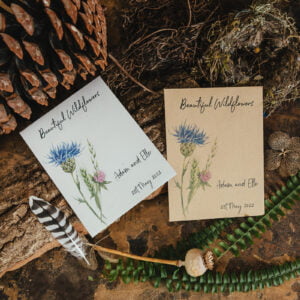Description
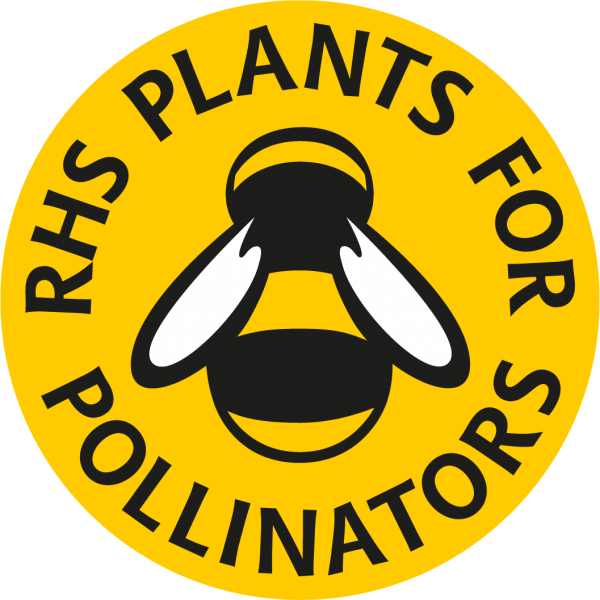 We are supporting Bat Conservation’s Project Nightwatch! Every packet of seeds sold will enable a donation of 20p to Bat Conservation Trust for every packet sold, to help with their work in helping UK bats.
We are supporting Bat Conservation’s Project Nightwatch! Every packet of seeds sold will enable a donation of 20p to Bat Conservation Trust for every packet sold, to help with their work in helping UK bats.
NightWatch is a community science survey helping you discover the hidden world of bats living in your neighbourhood, and take action to protect night-time nature. Bat- friendly gardening is one of many actions you can take, go to https://www.bats.org.uk/resources/nightwatch to learn more!
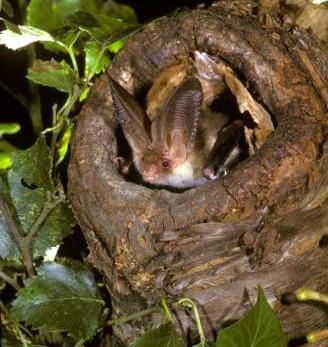
What is in the seed packets?
The seed packets are made from quality recycled paper and contain Red Campion, Ox-eye Daisy and Garlic Mustard seeds – great wildflowers that will attract the insects that bats love to munch on! Seed packets measure 9 x 12 cm. The seeds are inside the packet in a paper sachet, not a foil and plastic one, and they are UK species, also having been grown in the UK.
Red Campion
Also known as Adders’ Flower, Jack-by-the-Hedge, Red Mintchop, Soldiers’ Buttons and Scalded Apples, Red Campion is a hardy perennial, growing 1 – 3 ft (30 – 92 cm) high. Pretty, bright-red/pink flowers with divided petals, which close at night, and sticky leaves. Great favourite of the long-tongued bumble-bee and good nectar plant for butterflies and other insects. Food plant of the Rivulet, Campion, Lychnis, Twin Spot Carpet, Marbled Clover and Sandy Carpet moths.
Red Campion generally flowers May to September but sometimes goes on longer. Will thrive in semi-shade or full sun.
Ox-eye Daisy
Hardy perennial wildflower that looks like a big daisy. Also known as Moon Daisy, Marguerite and Maudlin Daisy. Ht 2 – 3 ft (60 – 90 cm). It is a native grassland wildflower, found in meadows and open woods. The word “daisy” comes from two Anglo-Saxon words – daeyes and eayes = day’s eye. It has many herbal uses – but please seek advice before using! Great plant for insects.
Ox-eye Daisies are long-flowering, from May to October, and often later.
Garlic Mustard
 Heart-shaped, coarsely toothed leaves that smell of garlic when crushed. Garlic Mustard flowers in its second year, producing button-like clusters of white, 4-petalled flowers from April to June. Found in the wild in damp hedgerows, wood edges and other shady places.
Heart-shaped, coarsely toothed leaves that smell of garlic when crushed. Garlic Mustard flowers in its second year, producing button-like clusters of white, 4-petalled flowers from April to June. Found in the wild in damp hedgerows, wood edges and other shady places.
Leaves are good for the digestive system and can be added to salads. The roots can be chopped up and heated in oil to make an ointment to rub on the chest for bronchitis. A yellow dye is also obtained form the plant. Always seek advice from a qualified practitioner before using wild plants.
Garlic Mustard is the food plant of Orange-tip butterflies.


